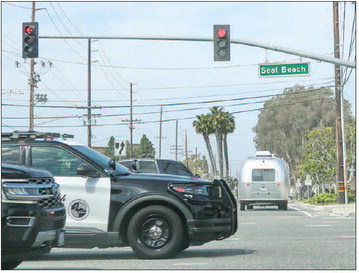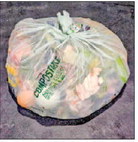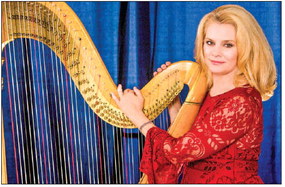letter. Not an auspicious beginning ….
letter. Not an auspicious beginning for a young priest.
Arriving for the charter flight to Montgomery, we found a celebrative mood among participants. The bishop was handing out Episcopal Volunteer medals. Then the FBI arrived. They ordered luggage from the plane removed and began searching for explosives.
My wife and I retreated behind a pillar for a private conversation. Our child was staying with grandparents. We did not want him to become an orphan. Finally, we decided to put our trust in God. The march had become, for us, a journey in faith.
The scene at the airport was chaotic. Marchers kept arriving from all over the country. The public restrooms were out of all supplies. A priest friend, who had been with the marchers from Selma, camping at night in fields adjacent to the highway, saw the look of distress on my wife’s face and said, “What’s wrong?” When she told him, he reached into his backpack and produced a roll of toilet paper. Talk about manna from heaven!
I saw a rabbi with a long, white beard, sitting with his back against a wall in the terminal. He was sound asleep. Leaning against him, also sleeping, was a Black child. I thought of the words “black and white together,” from a version of the great anthem of the Civil Rights movement, “We Shall Overcome.”
Those of us pouring into the terminal were joining the last leg of the march from Selma to the steps of the state capitol. Our route took us through a section of the city with the poorest housing we had ever seen. Black men, women and children were waving handkerchiefs and cheering us on. It was a hot and muggy day, punctuated by light showers. I was in a dark suit and clerical collar, and wearing a topcoat. My wife was wearing a coat, too. The march seemed interminable. Soon, I was carrying both coats. A young UCLA student spotted me trudging along. Like an angel from heaven, he asked if he could carry the coats for me. Could he!
The downtown part of the march was a sharp contrast to the impoverished neighborhood we had just been through. Here, sullen white faces appeared and taunts could be heard. National guard soldiers, in uniform and carrying rifles, lined both sides of the highway. They had been sent by President Johnson to protect the marchers. These were mostly young men, 18 or 19 years of age. Like us, they looked hot, tired and scared, but I was very glad they were there.
The Student Nonviolent Coordinating Committee (SNCC) or “Snick” workers were brave young Black people who risked their lives in voter registration drives. They ran along the sides of our column with cards that read, “SMILE.” Without a doubt the most joyful marchers were from a big Jewish temple in Los Angeles. They had arrived on the same flight with us. Repeatedly chanting songs in Hebrew, they wore hard hats for protection.
Arriving at the capitol, we were surprised to see the Confederate flag flying from a tall pole near the capitol building. Twenty-five thousand marchers waited a full two hours before Dr. King spoke. He did not disappoint. His powerful words echoed over the area and gave us all hope for the future of the civil rights movement and of the nation.
On our way back to the airport, tired and thirsty, we stopped at a Black church where members were providing jugs of water for the marchers to drink. A photographer asked to take a picture of the sign I was carrying. It pictured black and white leaves together on a vine growing out of a cross.
Racism, as we know, is not confined to one section of the country. When we got home to California, hate messages began arriving. We were mailed pictures of massacred children and told this would happen to our child. Ugly telephone calls came at all hours of the day and night. One male voice, which sounded quite serious, said a bomb had been placed under our house. The sheriff’s deputy who came to investigate laughed and said, “I’d like to see them try. The house is sitting on a cement slab.” The next Sunday my sermon title was taken from an old, gospel hymn, “How Firm a Foundation.”
I have been asked about the film, “Selma.” Some of the things it depicts are accurate, others are not. It is an artistic interpretation, not a documentary. Those of us in the march had different experiences, but as I look back from my vantage point as a retired priest and a veteran of peace and justice work, all of us, I think, would say we were glad to have responded to Dr. King’s call and to have participated in a history-making event.



